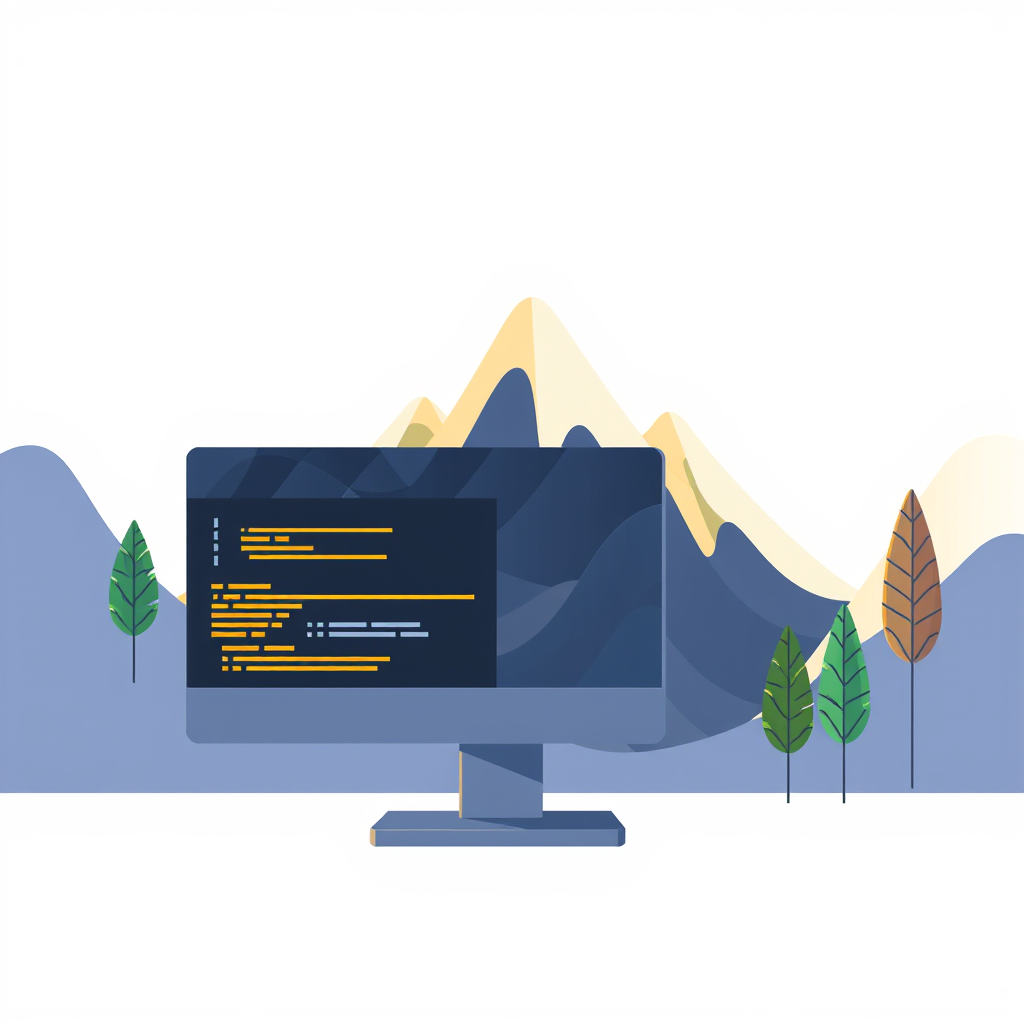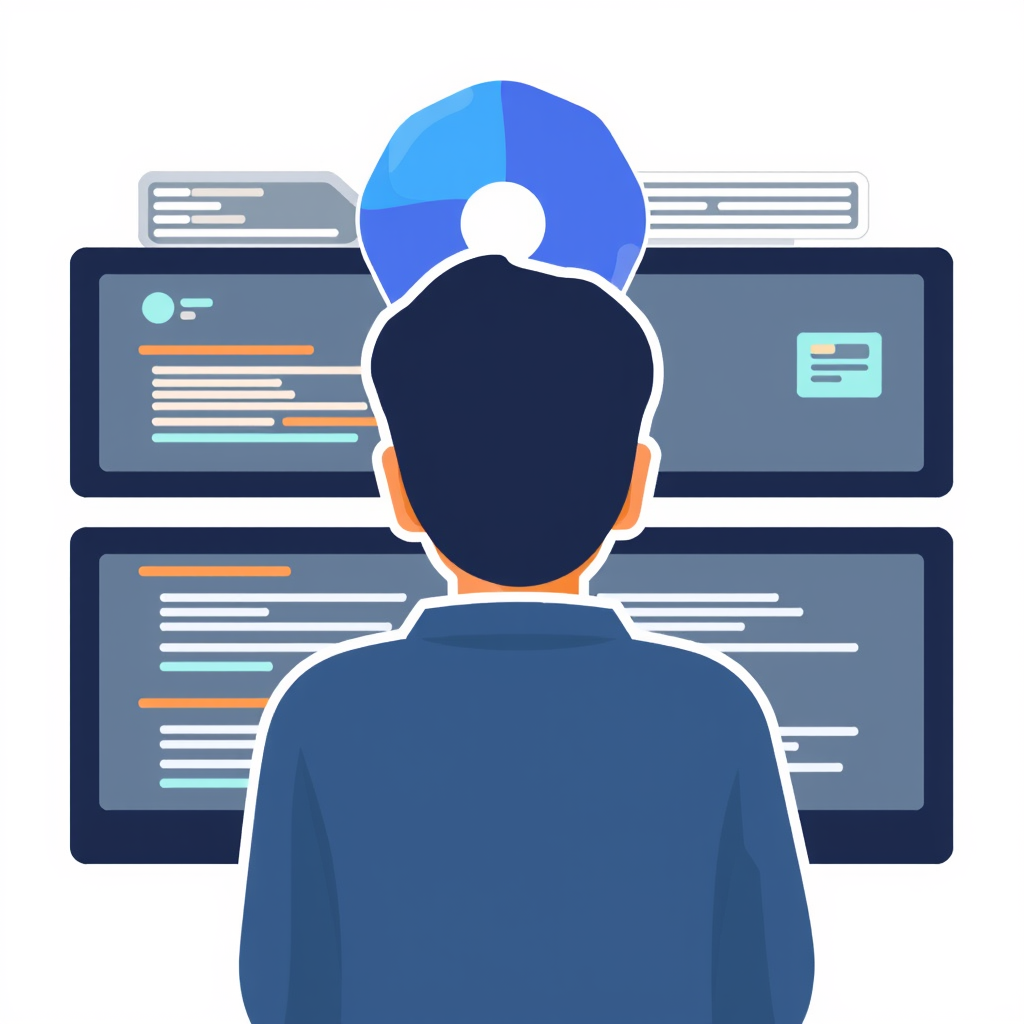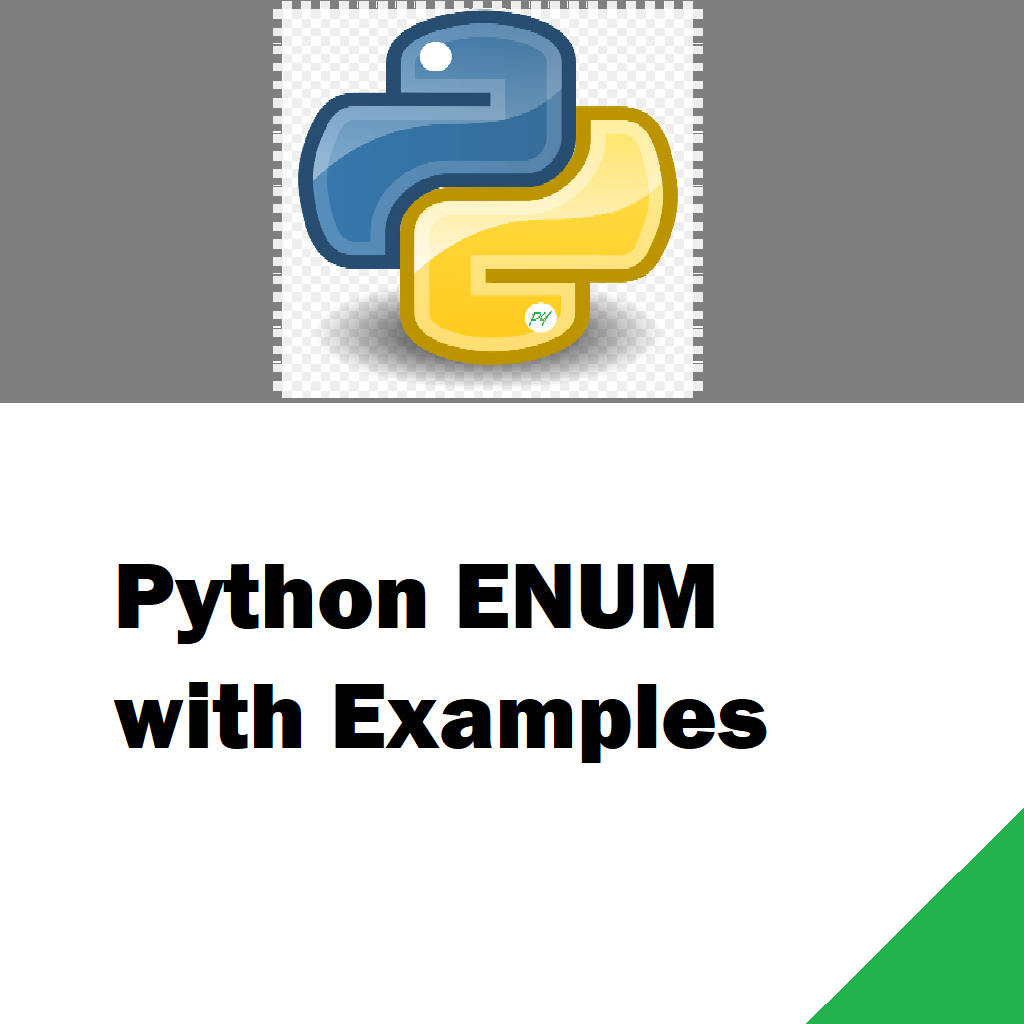The Essential Guide to Mastering Full-Stack Development
The tech industry is rapidly evolving, and with it, the demand for specialized skills is growing exponentially. One of the most sought-after skill sets in today’s market is full-stack development, particularly with the MERN stack. MERN, an acronym for MongoDB, Express.js, React, and Node.js, represents a powerful combination of technologies that enable developers to build robust and scalable web applications. As businesses continue to digitize their operations, the need for proficient MERN stack developers has surged, making it a valuable career path for aspiring developers.
MERN stack developers are unique in their ability to handle both the front-end and back-end aspects of web development, a skill set that positions them as integral players in the software development lifecycle. The synergy of MongoDB’s flexible NoSQL database, Express.js’s efficient back-end framework, React’s dynamic front-end library, and Node.js’s powerful JavaScript runtime environment makes the MERN stack a comprehensive solution for modern web development challenges.
Table of Contents
The Role of a MERN Stack Developer
Core Skills Required for a MERN Stack Developer
The Importance of MERN Stack in the Job Market
How to Become a MERN Stack Developer
Advantages of Being a MERN Stack Developer
Common Challenges Faced by MERN Stack Developers.
Future of MERN Stack Development
Building a Portfolio as a MERN Stack Developer
MERN Stack in Real-World Applications.
In this article, we will delve into the various aspects of becoming a successful MERN stack developer. We’ll cover the core components of the MERN stack, the skills required, the importance of MERN in the current job market, and tips on how to effectively leverage these technologies to build cutting-edge applications. Whether you’re a beginner looking to break into full-stack development or an experienced developer aiming to expand your skill set, this guide will provide you with the insights needed to navigate the MERN ecosystem confidently.
Moreover, we will explore the key features of each technology in the MERN stack, providing you with a detailed understanding of their roles and how they interact with each other. We will also highlight the advantages of using the MERN stack over other technologies, offering you a comprehensive overview of why this stack is a preferred choice for developers worldwide.
By the end of this article, you will have a clear roadmap to becoming a proficient MERN stack developer, equipped with the knowledge and tools necessary to build scalable, high-performance web applications.
Understanding the MERN Stack
The MERN stack comprises four core technologies, each playing a crucial role in the development process:
- MongoDB: A NoSQL database that stores data in JSON-like documents. MongoDB’s flexibility and scalability make it an ideal choice for managing large volumes of data in web applications. Unlike traditional relational databases, MongoDB does not require a predefined schema, allowing developers to modify data structures on the fly. Follow this link if you want to learn Learn MongoDB from the experts
- Express.js: A back-end web application framework for Node.js. Express.js simplifies the development of server-side logic, handling routing, middleware, and HTTP requests with ease. Its lightweight nature and robust feature set make it a popular choice for building scalable web applications.
- React: A front-end library developed by Facebook, React allows developers to create dynamic, responsive user interfaces. React’s component-based architecture promotes reusability and modularity, enabling developers to build complex UIs with less code.
- Node.js: A JavaScript runtime environment that allows developers to execute JavaScript code outside the browser. Node.js is built on Chrome’s V8 JavaScript engine, offering a non-blocking, event-driven architecture that ensures high performance and scalability in web applications. Follow this link to learn more on Deep dive into JavaScript
The Role of a MERN Stack Developer
A MERN stack developer is responsible for developing both the client-side and server-side of web applications. This dual capability sets them apart from front-end or back-end developers, as they can manage the entire development process from start to finish. Their responsibilities typically include:
- Front-End Development: Using React to build interactive and responsive user interfaces. React’s component-based structure allows developers to create reusable UI components, which enhances the efficiency and maintainability of the codebase.
- Back-End Development: Leveraging Express.js and Node.js to develop the server-side logic, manage databases, and handle HTTP requests. MERN stack developers are proficient in designing RESTful APIs, which serve as the backbone of data exchange in web applications.
- Database Management: Utilizing MongoDB to store, retrieve, and manipulate data. MERN stack developers must understand how to design efficient database schemas and implement data validation techniques to ensure the integrity and security of the application’s data.
- Deployment and Maintenance: Deploying web applications to cloud platforms such as AWS, Heroku, or DigitalOcean. MERN stack developers are also responsible for monitoring the performance of the application, identifying and resolving issues, and implementing updates and new features as needed.
“A proficient MERN stack developer is essentially a one-person army, capable of transforming ideas into fully functional web applications,” making them invaluable to tech companies looking to streamline their development processes.
Core Skills Required for a MERN Stack Developer
To excel as a MERN stack developer, one must possess a diverse skill set that encompasses both front-end and back-end development. Here are some of the essential skills:
- Proficiency in JavaScript: Since all components of the MERN stack rely heavily on JavaScript, a deep understanding of the language is crucial. Developers should be familiar with ES6+ features, asynchronous programming, and functional programming concepts.
- Mastery of React: React is the cornerstone of the front-end in the MERN stack. Developers need to be skilled in creating reusable components, managing state with hooks, and optimizing performance using techniques like memoization and lazy loading.

- Back-End Development with Node.js and Express.js: Developers must understand how to build and manage server-side logic, handle RESTful APIs, and implement middleware to enhance the functionality of their applications. Familiarity with Node.js modules, such as Express.js and Mongoose, is essential.
- Database Management with MongoDB: MERN stack developers should be adept at designing and querying databases using MongoDB. This includes understanding data modeling, indexing, and aggregation, as well as implementing security measures like data encryption and access control.
- Version Control with Git: Proficiency in using Git for version control is crucial for managing codebases, collaborating with other developers, and maintaining a history of changes. Check out additional information here: Master Git and GitHub
- Deployment and DevOps: Understanding how to deploy applications to cloud platforms, manage servers, and automate deployment pipelines is an important skill for MERN stack developers. Familiarity with Docker, CI/CD pipelines, and cloud services like AWS or Azure is highly beneficial.
- Problem-Solving and Analytical Skills: MERN stack developers often face complex challenges that require creative solutions. Strong problem-solving and analytical skills are essential for debugging, optimizing performance, and ensuring the scalability of applications.
The Importance of MERN Stack in the Job Market
The demand for MERN stack developers is on the rise as more companies adopt full-stack development practices to streamline their operations. The versatility of the MERN stack, combined with its ability to handle both client-side and server-side development, makes it an attractive option for businesses looking to build scalable web applications quickly.
“In today’s competitive job market, the ability to work as a full-stack developer using the MERN stack is a significant advantage.” Companies are increasingly seeking developers who can manage entire projects independently, reducing the need for multiple specialized roles.
Additionally, the growing popularity of JavaScript as a universal language for both front-end and back-end development has further fueled the demand for MERN stack developers. As businesses continue to prioritize speed, efficiency, and cost-effectiveness in their development processes, the MERN stack is likely to remain a dominant force in the tech industry.
Advantages of the MERN Stack
The MERN stack offers several advantages that make it a preferred choice for developers and businesses alike:
- Unified Language: The MERN stack uses JavaScript across all its components, allowing developers to write both client-side and server-side code in the same language. This reduces the learning curve and streamlines the development process.
- Scalability: Each component of the MERN stack is designed to handle large-scale applications. MongoDB’s flexible schema, Node.js’s non-blocking architecture, and React’s efficient rendering make it possible to build applications that can scale seamlessly with user demand.
- Strong Community Support: The MERN stack has a large and active community of developers who contribute to its continuous improvement. This ensures that developers have access to a wealth of resources, tutorials, and libraries that can accelerate their development process.
- Open-Source Ecosystem: All components of the MERN stack are open-source, meaning developers can access, modify, and contribute to the codebase. This fosters innovation and collaboration within the developer community.

- Speed and Performance: The MERN stack is optimized for performance. Node.js’s event-driven architecture allows for handling multiple requests simultaneously, while React’s virtual DOM ensures fast updates and rendering of user interfaces.
- Ease of Deployment: The MERN stack is well-suited for deploying applications on cloud platforms. Developers can easily configure their applications to run on services like AWS, Heroku, or DigitalOcean, leveraging tools like Docker for containerization and Kubernetes for orchestration.
- Flexibility: MongoDB’s NoSQL structure allows developers to store data in various formats, making it easier to manage unstructured data and implement changes without disrupting the entire database.
How to Become a MERN Stack Developer
Becoming a proficient MERN stack developer requires a combination of education, practical experience, and continuous learning. Here’s a roadmap to help you get started:
- Learn the Basics of Web Development: Before diving into the MERN stack, it’s essential to have a solid foundation in HTML, CSS, and JavaScript. Understanding these core technologies will make it easier to grasp the concepts of the MERN stack.
- Master JavaScript: Since JavaScript is the backbone of the MERN stack, it’s essential to gain a deep understanding of the language. Focus on mastering ES6+ features like arrow functions, promises, async/await, destructuring, and template literals. Additionally, get comfortable with JavaScript fundamentals such as closures, prototypes, and event handling. Resources like Mozilla Developer Network (MDN) and JavaScript.info offer comprehensive guides and tutorials to strengthen your skills.
- Get Familiar with Front-End Development: Start by learning the basics of React. Understand the concept of components, JSX (JavaScript XML), props, state management, and lifecycle methods. Experiment with creating simple applications like to-do lists or weather apps to get hands-on experience. Don’t forget to explore advanced topics such as hooks, context API, and React Router for building single-page applications (SPAs). Platforms like Codecademy, FreeCodeCamp, and Udemy provide excellent courses on React development.
- Dive into Back-End Development: Once you’re comfortable with React, move on to mastering the back-end technologies of the MERN stack, starting with Node.js and Express.js. Learn how to set up a server, create routes, handle HTTP requests, and connect with databases. Understanding middleware, RESTful APIs, and asynchronous programming in Node.js is crucial. Practice building a simple RESTful API that interacts with a front-end React application. Resources like NodeSchool and Express documentation can be very helpful.
- Learn Database Management with MongoDB: MongoDB is a critical component of the MERN stack, so it’s essential to understand how to work with this NoSQL database. Learn how to perform CRUD (Create, Read, Update, Delete) operations, design schemas, and use Mongoose to interact with MongoDB from Node.js. Familiarize yourself with aggregation, indexing, and data validation techniques to optimize your database performance. The MongoDB University offers free courses to help you become proficient in MongoDB.
- Build Full-Stack Projects: The best way to solidify your understanding of the MERN stack is by building full-stack projects. Start with smaller projects like a blog, a to-do list, or a simple e-commerce site, and gradually move on to more complex applications. Make sure to integrate all four components of the MERN stack, paying attention to both front-end and back-end development. Hosting these projects on platforms like GitHub or GitLab and deploying them using services like Heroku or Netlify will enhance your portfolio.
- Understand Version Control with Git: Version control is essential for managing changes in your codebase, especially when collaborating with other developers. Learn how to use Git to track changes, create branches, and merge code. Familiarize yourself with Git commands and workflows, such as pull requests and rebasing, through resources like GitHub Learning Lab.
- Explore DevOps and Deployment: Understanding how to deploy your MERN stack applications is crucial. Learn the basics of DevOps, including continuous integration/continuous deployment (CI/CD) pipelines, containerization with Docker, and orchestration with Kubernetes. Familiarize yourself with cloud platforms like AWS, Azure, or Google Cloud to deploy and manage your applications effectively.
- Stay Updated and Keep Learning: The tech industry is always evolving, and new tools, frameworks, and libraries are continuously emerging. To stay ahead in your career as a MERN stack developer, it’s important to stay updated with the latest trends and best practices. Follow blogs, participate in forums, attend webinars, and join developer communities to keep your skills sharp.
- Join the Developer Community: Becoming an active member of the developer community can provide you with valuable insights, support, and networking opportunities. Participate in open-source projects, contribute to forums like Stack Overflow, and attend meetups and conferences to connect with other developers. Engaging with the community can also lead to collaboration opportunities, helping you grow as a developer.
Advantages of Being a MERN Stack Developer

There are challenges of becoming the best. Choosing to specialize as a MERN stack developer offers numerous benefits, both in terms of career opportunities and technical expertise. Here are some key advantages:
- High Demand: With the increasing reliance on web applications, businesses across industries are looking for developers who can build and maintain scalable solutions. As a MERN stack developer, you’re equipped with the skills to meet this demand, making you a valuable asset in the job market.
- Versatility: Being proficient in both front-end and back-end development allows you to work on a wide range of projects. Whether it’s building user interfaces, developing server-side logic, or managing databases, you can handle it all, giving you the flexibility to work on diverse projects.
- Competitive Salary: Due to the comprehensive skill set that MERN stack developers possess, they are often offered competitive salaries. According to various salary surveys, full-stack developers, particularly those specializing in the MERN stack, tend to earn higher salaries compared to developers with a single focus area.
- End-to-End Development: As a MERN stack developer, you have the ability to see a project through from start to finish. This end-to-end development capability not only enhances your understanding of the entire development process but also allows you to take ownership of the projects you work on.
- Continuous Learning: The tech industry is dynamic, and the MERN stack is no exception. The continuous updates and innovations in the technologies that make up the MERN stack offer endless opportunities for learning and growth, keeping your skills relevant and up-to-date.
- Collaboration Opportunities: Working as a MERN stack developer often involves collaborating with other developers, designers, and stakeholders. This collaboration can help you develop communication and teamwork skills, which are crucial in any professional setting.
Common Challenges Faced by MERN Stack Developers
While being a MERN stack developer comes with many benefits, it also presents certain challenges. Here are some common obstacles that MERN stack developers may encounter:
- Steep Learning Curve: Mastering the MERN stack requires proficiency in multiple technologies, which can be overwhelming for beginners. It’s important to approach learning systematically, focusing on one technology at a time before moving on to the next.
- Time Management: Balancing front-end and back-end development tasks can be challenging, especially when working on complex projects. Effective time management and prioritization skills are essential to ensure that both aspects of development are handled efficiently.
- Debugging and Troubleshooting: With so many components working together, identifying the source of a problem can be difficult. Debugging and troubleshooting require a deep understanding of each technology in the stack, as well as the ability to think critically and methodically.
- Keeping Up with Updates: The technologies that make up the MERN stack are constantly evolving, with regular updates and new features being introduced. Staying updated with these changes and adapting your skills accordingly is crucial to maintaining your expertise as a MERN stack developer.
- Complexity of Large Projects: Managing large-scale projects with the MERN stack can be complex, particularly when it comes to maintaining code quality, ensuring scalability, and handling performance optimization. It’s important to follow best practices, such as writing clean, modular code and using version control systems, to manage this complexity effectively.
- Security Concerns: Ensuring the security of your web applications is a critical responsibility as a MERN stack developer. This involves implementing security best practices, such as data encryption, authentication, authorization, and securing API endpoints, to protect against vulnerabilities and potential attacks.
Future of MERN Stack Development
The future of MERN stack development looks promising as the demand for web applications continues to grow. With the rise of digital transformation, businesses are increasingly relying on web technologies to reach their customers, streamline operations, and stay competitive. As a result, the need for skilled MERN stack developers is expected to remain strong in the coming years.
Additionally, as more companies adopt cloud-based solutions, there will be a greater emphasis on building scalable, high-performance applications. The MERN stack, with its focus on scalability, speed, and efficiency, is well-positioned to meet these needs, ensuring that MERN stack developers will continue to play a critical role in the tech industry.
Furthermore, the ongoing evolution of JavaScript and its associated technologies, such as React, Node.js, and MongoDB, will lead to new opportunities and challenges for MERN stack developers. Staying updated with these advancements and continuously honing your skills will be key to thriving in this dynamic field.
In conclusion, becoming a MERN stack developer is a rewarding career choice that offers numerous opportunities for growth and development. By mastering the core technologies, building practical experience, and staying engaged with the developer community, you can position yourself as a valuable asset in the tech industry and enjoy a fulfilling career as a full-stack developer.
Building a Portfolio as a MERN Stack Developer
A strong portfolio is crucial for showcasing your skills and experience as a MERN stack developer. Here are some tips on building a standout portfolio:
- Highlight Key Projects: Include a variety of projects that demonstrate your expertise in different aspects of the MERN stack. Projects should range from small applications like to-do lists to more complex systems like e-commerce platforms or social media clones.
- Show Your Code: Make your code publicly available on platforms like GitHub or GitLab. Ensure your repositories are well-organized, with clear README files that explain the purpose of the project, the technologies used, and instructions for running the code.
- Include Live Demos: Whenever possible, include live demos of your projects. Hosting your applications on platforms like Heroku or Netlify allows potential employers to interact with your work firsthand.
- Write Case Studies: For each project, write a brief case study that explains the problem you solved, the technologies you used, the challenges you faced, and the outcome. This helps to demonstrate not only your technical skills but also your problem-solving abilities.
- Keep It Updated: As you gain more experience and build new projects, regularly update your portfolio to reflect your latest work and skills.
MERN Stack in Real-World Applications
The MERN stack is used in a variety of real-world applications, from startups to large enterprises. Here are some examples of where the MERN stack shines:
- E-commerce Platforms: MERN stack is often used to build e-commerce sites due to its ability to handle dynamic content, real-time data processing, and complex user interactions.
- Social Media Apps: The flexibility and scalability of the MERN stack make it an ideal choice for developing social media platforms, where real-time communication and seamless user experiences are crucial.
- Content Management Systems (CMS): MERN stack’s efficiency and ease of integration with various APIs make it suitable for developing CMSs, allowing businesses to manage and deliver content efficiently.
- Project Management Tools: Companies use the MERN stack to create project management tools that require real-time updates, task tracking, and collaboration features.
Top 20 questions you should know on MERN
Here I am summarizing the top 20 questions on MERN stack that every aspiring MERN developer should know.
1. What is the MERN Stack?
- Answer: The MERN stack is a web development framework consisting of MongoDB, Express.js, React.js, and Node.js. It allows developers to build full-stack JavaScript applications with a seamless front-end and back-end integration.
2. What are the benefits of using the MERN stack?
- Answer: MERN stack offers a complete JavaScript-based framework, which simplifies development, ensures a fast performance, and supports a wide range of applications. It also benefits from the robust ecosystems of its components.
3. Why is React preferred for front-end development in the MERN stack?
- Answer: React is favored due to its component-based architecture, which promotes code reusability, and its virtual DOM feature, which enhances performance by efficiently updating only the necessary parts of the UI.
4. How does MongoDB complement the MERN stack?
- Answer: MongoDB is a NoSQL database that stores data in JSON-like documents. This complements the MERN stack by allowing JavaScript-based manipulation of data across the entire stack, from front-end to back-end.
5. What is the role of Express.js in the MERN stack?
- Answer: Express.js is a back-end web application framework that simplifies the process of building web servers. It provides a set of robust features for web and mobile applications, making it easier to handle routing, sessions, and middleware.
6. How does Node.js contribute to the MERN stack?
- Answer: Node.js is a JavaScript runtime environment that allows developers to execute JavaScript code on the server side. It powers the back-end of MERN stack applications, handling requests, server management, and API integration.
7. What are the main use cases for the MERN stack?
- Answer: The MERN stack is ideal for developing single-page applications, social media platforms, content management systems, and real-time applications like chat apps and collaborative tools.
8. What are some common challenges faced in MERN stack development?
- Answer: Common challenges include managing the complexity of asynchronous operations, ensuring security, handling large-scale applications, and keeping up with the constant evolution of JavaScript and related technologies.
9. How do you manage state in a MERN stack application?
- Answer: State management in a MERN stack application can be handled using React’s built-in state management, Context API, or external libraries like Redux for more complex state needs.
10. What is the role of Mongoose in MERN stack development?
- Answer: Mongoose is an Object Data Modeling (ODM) library for MongoDB and Node.js. It provides a schema-based solution to model application data, manage relationships between data, and enforce data validation.
11. How do you secure a MERN stack application?
- Answer: Securing a MERN stack application involves implementing authentication and authorization mechanisms, using HTTPS, securing API endpoints, protecting against SQL injection, and ensuring data encryption.
12. What are the best practices for MERN stack development?
- Answer: Best practices include modularizing your code, using environment variables for sensitive data, writing clean and maintainable code, optimizing database queries, and regularly testing and debugging.

13. How do you handle routing in a MERN stack application?
- Answer: Routing in a MERN stack application is handled by React Router on the front-end for client-side routing, and Express.js on the back-end for server-side routing. React Router helps manage navigation between components, while Express routes API requests.
14. Can you deploy a MERN stack application?
- Answer: Yes, MERN stack applications can be deployed on various platforms such as Heroku, AWS, or Netlify. The deployment process typically involves configuring the server, setting environment variables, and managing dependencies.
15. What tools can enhance MERN stack development?
- Answer: Tools like Git for version control, Postman for API testing, Webpack or Babel for bundling and transpiling, and Docker for containerization can significantly enhance MERN stack development.
16. What is the significance of the virtual DOM in React?
- Answer: The virtual DOM is a lightweight copy of the real DOM in React. It allows React to update only the parts of the DOM that have changed, leading to faster and more efficient rendering of the UI.
17. How do you optimize performance in a MERN stack application?
- Answer: Performance can be optimized by minimizing the size of JavaScript files, lazy loading components, using efficient algorithms, optimizing database queries, and employing caching strategies.
18. What is the difference between SQL and NoSQL databases like MongoDB?
- Answer: SQL databases are relational and use structured query language for defining and manipulating data. NoSQL databases like MongoDB are non-relational, allowing for more flexible and scalable storage of unstructured or semi-structured data.
19. How do you handle form validation in a MERN stack application?
- Answer: Form validation in a MERN stack application can be handled on the front-end using React’s form handling capabilities or libraries like Formik and Yup. On the back-end, validation can be enforced using Mongoose schemas and Express middleware.
20. What are some common debugging techniques in MERN stack development?
- Answer: Common debugging techniques include using console.log for logging, using browser developer tools for inspecting elements and network requests, employing debugging tools like Node Inspector for back-end issues, and setting breakpoints in the code.
Conclusion
Becoming a MERN stack developer is a journey that requires dedication, continuous learning, and hands-on experience. The MERN stack’s combination of technologies provides a powerful toolkit for building modern, scalable web applications. By mastering JavaScript, getting comfortable with both front-end and back-end development, and continuously improving your skills, you can position yourself as a sought-after full-stack developer.
The key to success as a MERN stack developer lies in understanding the intricacies of each component, building a strong portfolio, staying updated with the latest industry trends, and actively participating in the developer community. With the growing demand for web applications and the versatility that the MERN stack offers, pursuing a career in this field can lead to exciting opportunities and a fulfilling professional journey.
For further learning and to enhance your skills, make use of the provided SEO-optimized resources, and keep pushing your boundaries as a developer. The future is bright for MERN stack developers, and with the right approach, you can become an essential player in the tech industry.
Curated Reads





Thank you for your sharing. I am worried that I lack creative ideas. It is your article that makes me full of hope. Thank you. But, I have a question, can you help me?